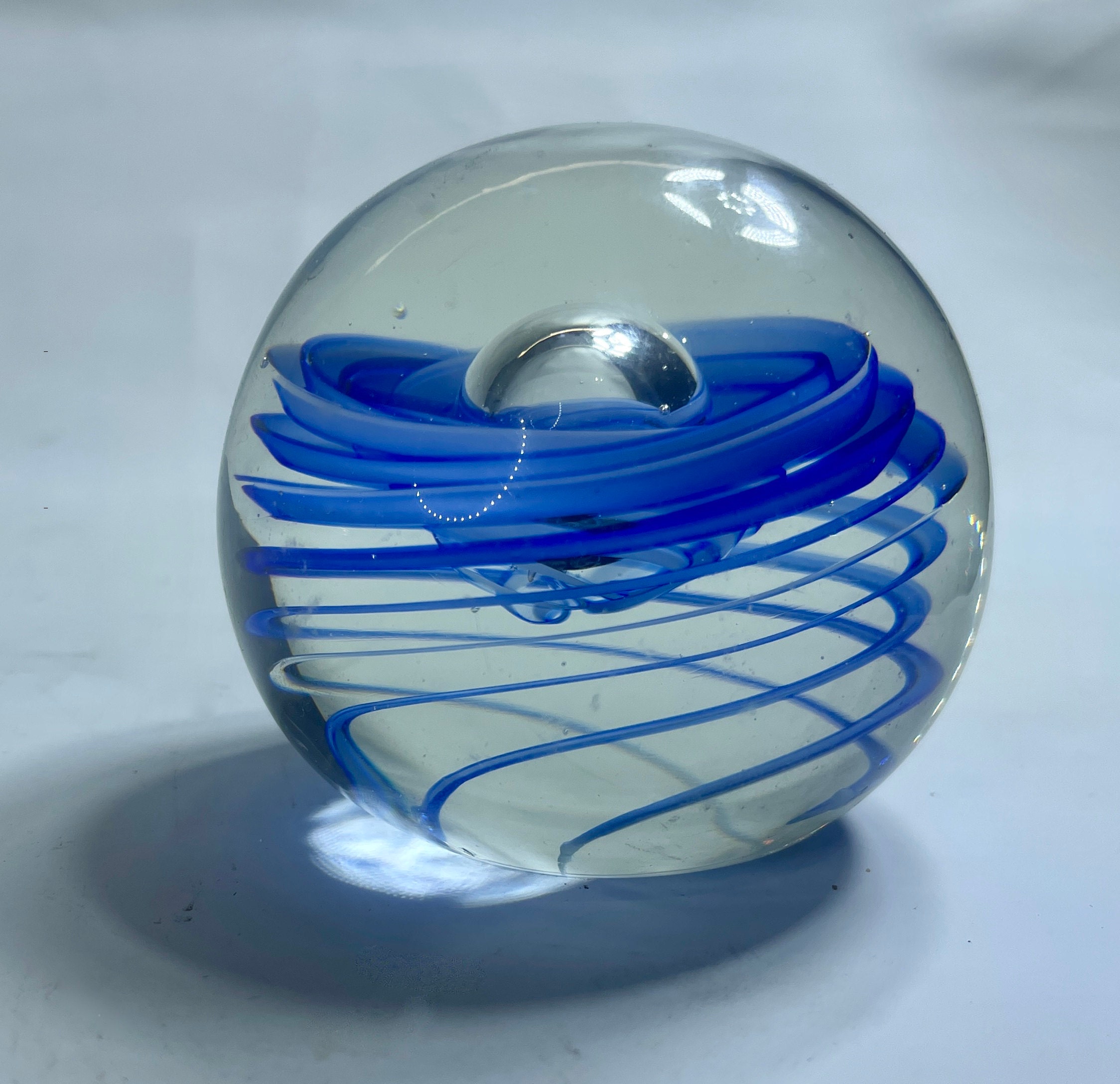We often take everyday objects for granted, overlooking the rich history behind their creation. The humble paperweight, a seemingly simple desk accessory, is a prime example. Believe it or not, its origins are intertwined with the mid-19th century letter-writing craze and the luxurious nature of paper itself.
Before the widespread availability of affordable paper, handwritten correspondence was a cherished and carefully preserved activity. Every letter was a valuable document, and protecting those precious pages from errant breezes or cluttered desks was paramount.
Enter the glass paperweight. First crafted in 1845 these shimmering spheres were more than just functional objects; they were miniature works of art.
Glassmakers, seeing an opportunity to showcase their skills and market their wares, transformed a practical need into an object of beauty. The paperweight, a perfect example of "form following function," emerged as a solution to a very real problem, while simultaneously becoming a canvas for artistic expression.
